NAMM 2014: The best new MIDI controllers
Models from M-Audio, Korg, Alesis, Akai, Behringer and more
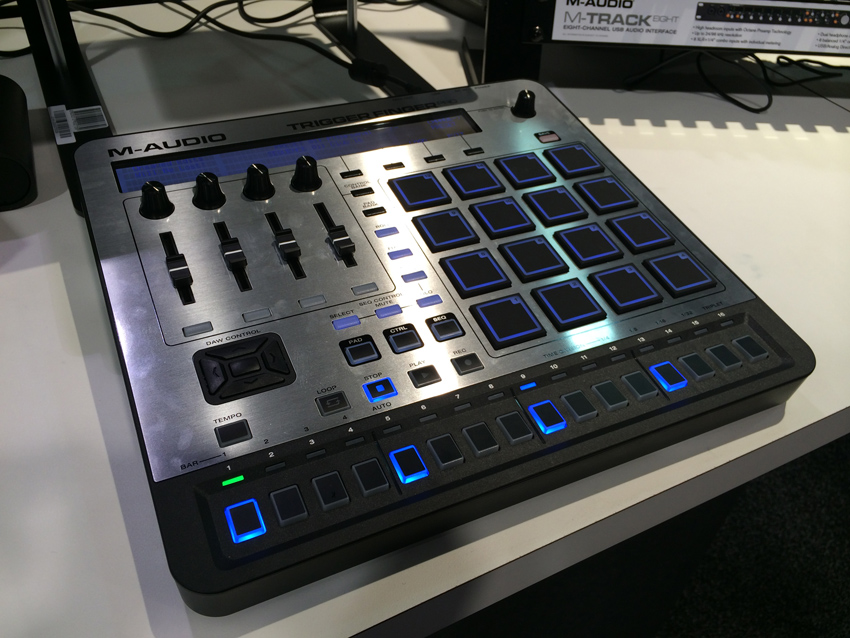
Keys, knobs, faders, buttons and more
NAMM 2014: With so many people now running software-based setups, hardware MIDI controllers are big business. Put simply, if you want to get hands-on with your DAW and plugins, you've never had more or better options available to you.
Predictably enough, NAMM was full of new controllers, so we've rounded-up the best of them for you to compare at-a-glance. Whether you want a keyboard, pads, knobs, faders, a combination of any or all of them or even a keytar, there's a new device to pique your interest.
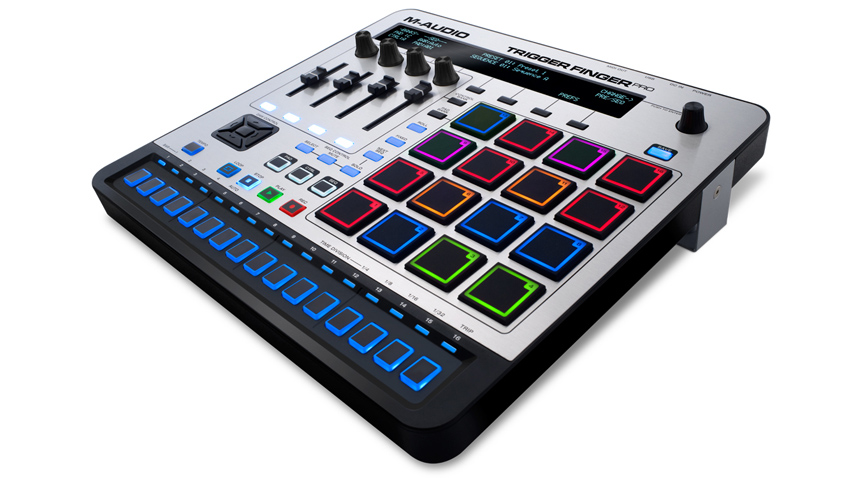
M-Audio Trigger Finger Pro
Despite having been released way back in 2005, M-Audio's Trigger Finger pad controller remains popular with all kinds of producers and performers, and now it finally has a successor.
The Trigger Finger Pro comes16 velocity-sensitive pads, but this time they're illuminated, and accompanied by many more controls. In fact, there are 48 assignable controls, with four faders, four knobs and four buttons being able to switch between four banks each.
Other feature highlights include an onboard step sequencer, a hi-res screen, and instant mapping to popular DAWs. A selection of VST instruments and plenty of sample content comes in the box, too. Look out for it in the Spring.
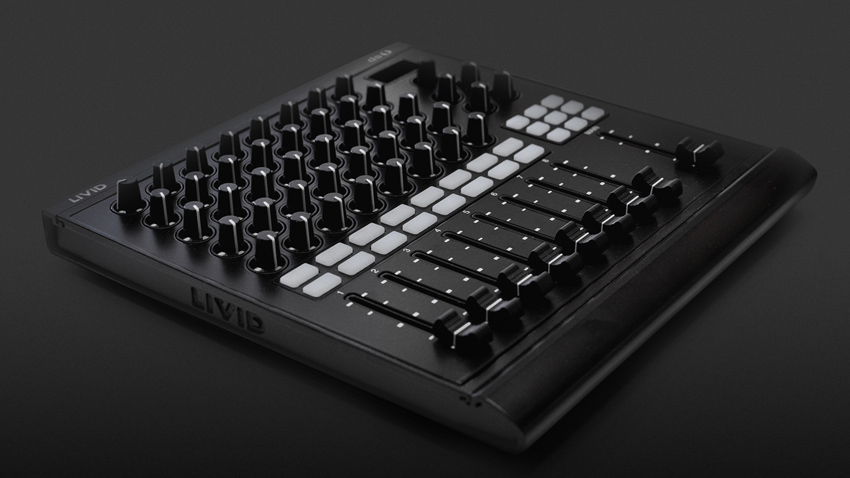
Dubspot/Livid Instruments DS1 MIDI Mixer
Eschewing the current trend for pads, the DS1 keeps things simple by being - as its name suggests - a MIDI controller that has a mixer-style design.
Constructed from "the highest-quality parts and materials," the DS1 is designed for mixing, production and performance. It's built from light but heavy-duty aluminium, and the controller has nine 60mm faders, 44 rotary knobs with single-colour backlighting, one push encoder, 25 RGB buttons and an expression pedal input. Its class-compliant MIDI USB.
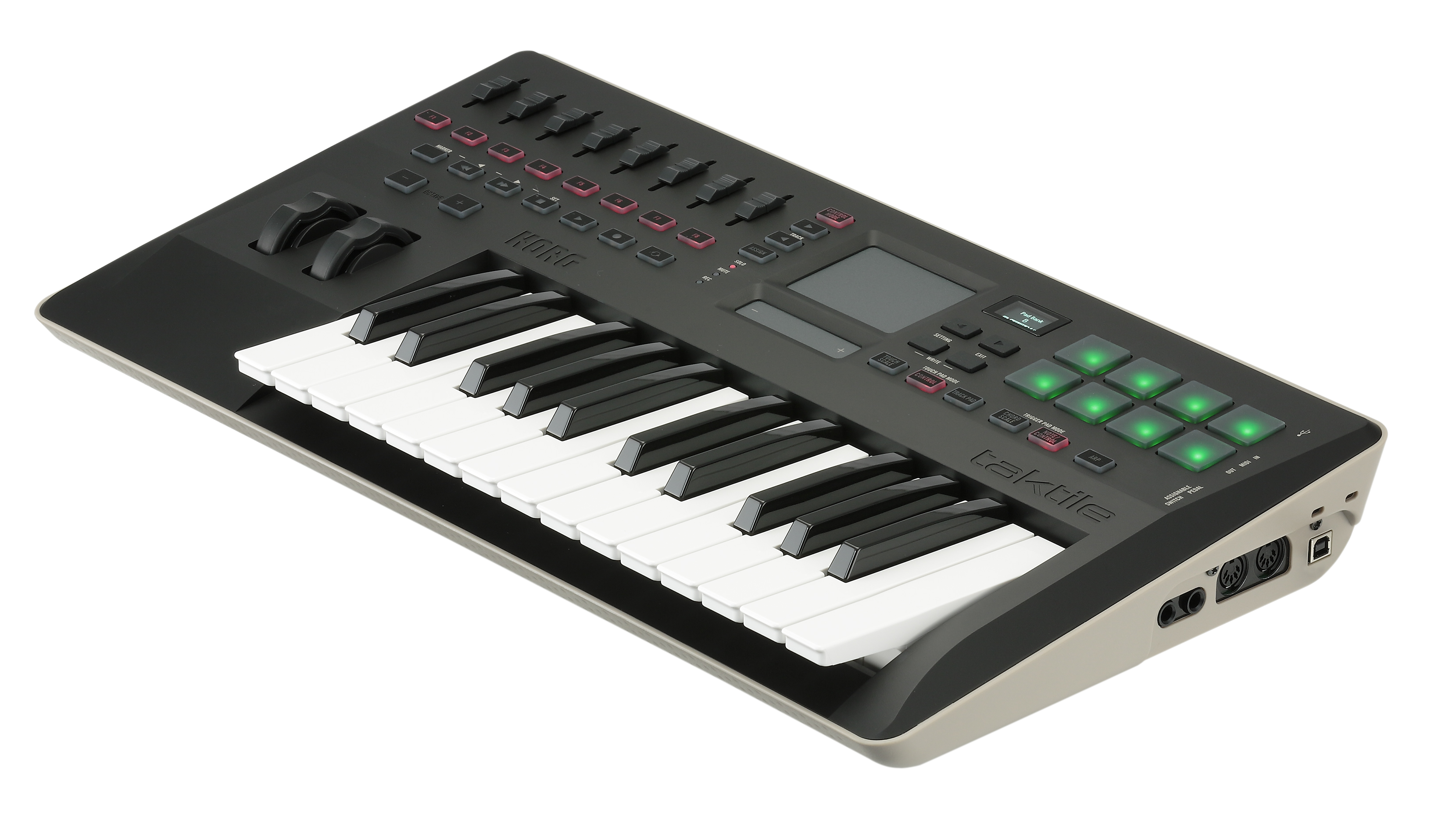
Korg taktile 25/49
They're available with Triton sounds in with them as well but, if you just want to control your software, Korg's 'standard issue' new compact and mid-sized devices might catch your eye.
All taktile units feature semi-weighted keyboards, velocity-sensitive pads, faders, and a variety of DAW-friendly buttons and transport controls. Each also features a central XY touchpad that can be assigned to control various software parameters, or be used instead of a mouse.
As controllers, the taktile range offers out-of-the-box support for the latest versions of Logic, Live, Cubase, GarageBand and more.
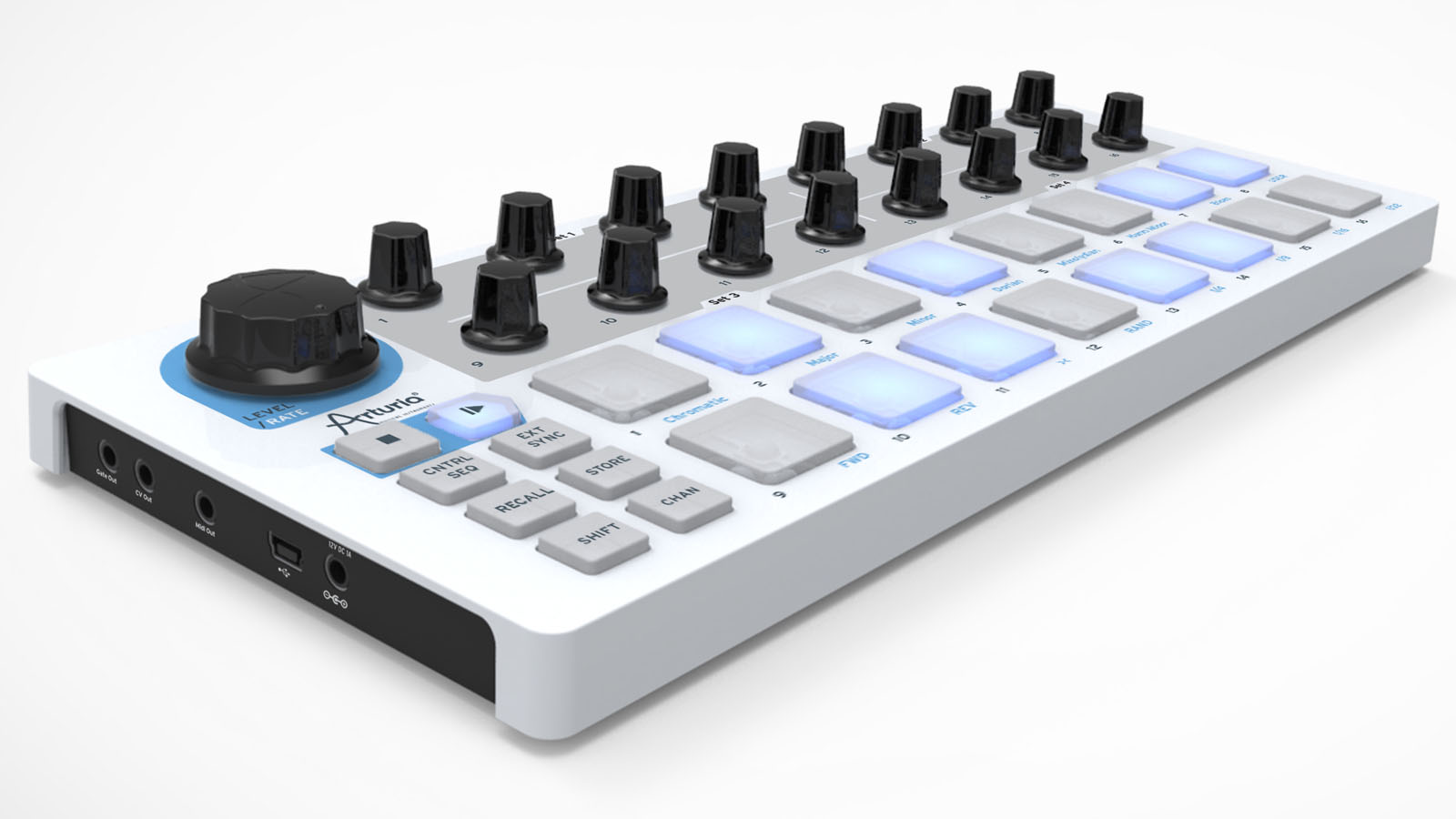
Arturia BeatStep
So is it a pad controller or step sequencer? BeatStep is both, actually.
The 16 pads are velocity- and pressure-sensitive, and are backlit in red when you're using them in controller mode. Switch to sequencer mode and they turn blue, with each one representing a step in a 16-step sequence. Pitch adjustments for each step can be made using BeatStep's 16 encoders.
There's MIDI, USB, and CV/GATE connectivity, and BeatStep will work with your iPad via the Camera Connection Kit.
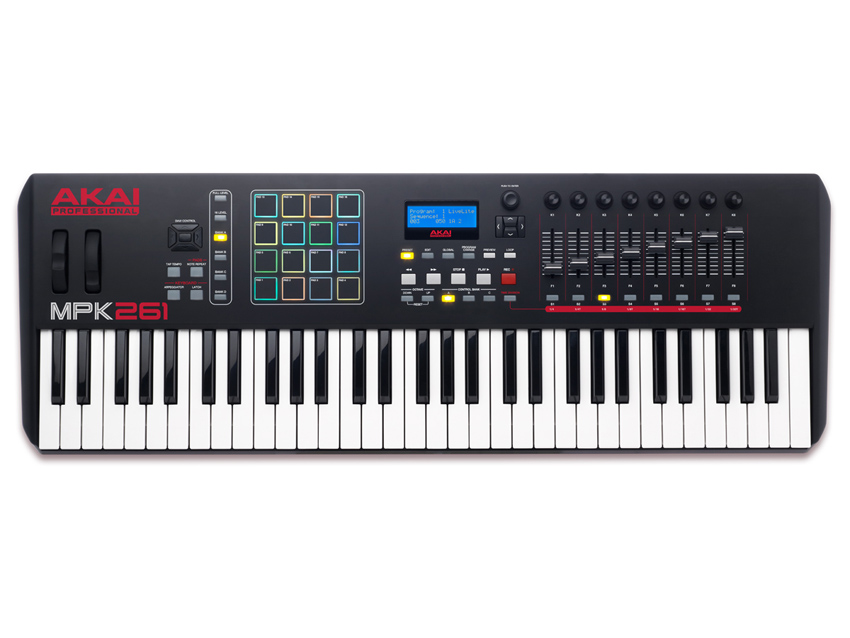
Akai MPK controllers
Akai's MPK keyboards have proven popular with musicians and producers who want to keep their keys, pads, knobs, faders and buttons in a single package.
The range has now been updated, with new models across the price and size spectrum. There's the 61-note MPK261 ($499.99), 49-note MPK249 ($399.99), 25-note MPK225 ($249.99) and super-compact 25-note MPK Mini ($99.99).
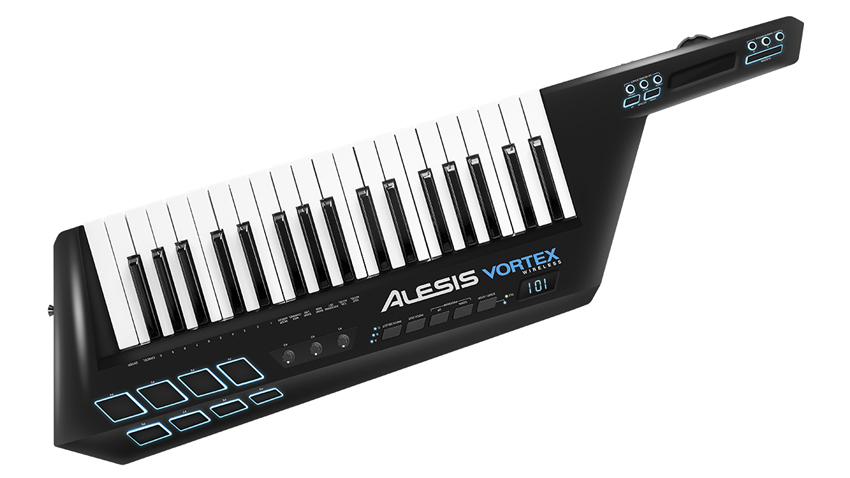
Alesis Vortex Wireless
Back in 2012, Alesis launched the Vortex, a keytar-styled MIDI controller. This year, the company showed Vortex Wireless, which throws cable-free operation and an accelerometer into the mix, too.
The wireless connectivity is via a dongle that plugs into your Mac or PC. The Vortex has 37 velocity-sensitive keys with aftertouch, 8 velocity-sensitive pads, a volume slider, a pitch wheel, a ribbon controller and a sustain pedal jack.
Power can be drawn via USB or mains power but, if you are going to go wireless, it would make sense to use the battery option.
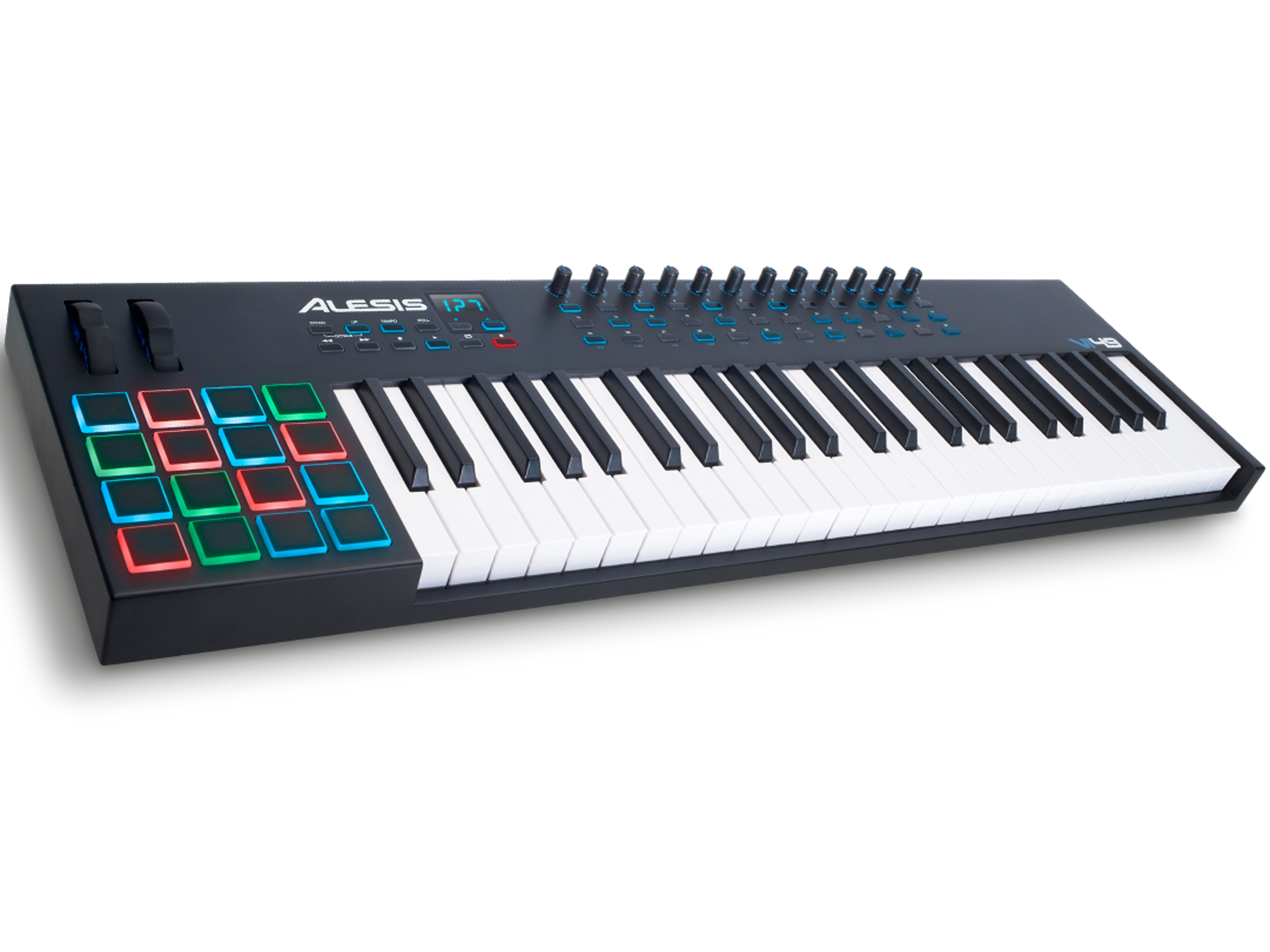
Alesis V and VI controllers
We like the slightly angular design of these new keyboard controllers, and the left-sided positioning of the pads means that both ranges might appeal to southpaws in particular.
The V series offers velocity-sensitive keys with 8 drum/trigger pads, while the VI range adds semi-weighted keys with aftertouch and 16 multi-colour illuminated pads.
Both ranges contain 25-note ($79.99/$169.99), 49-note ($99.99/$199.99) and 61-note models ($149.99/$249.99). The V series offers velocity-sensitive keys with 8 drum/trigger pads, while the VI range adds semi-weighted keys with aftertouch and a total of 16 multi-colour illuminated pads.
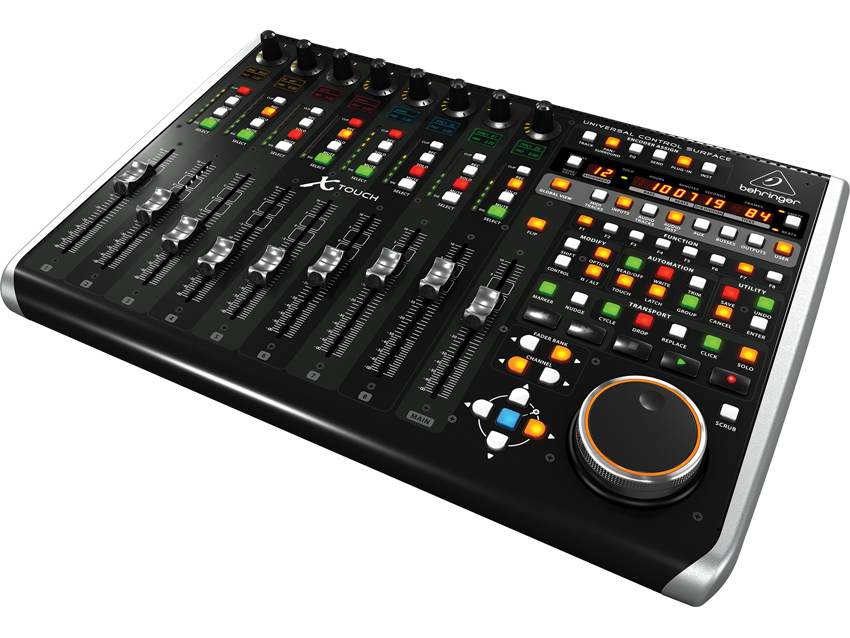
Behringer X-Touch controllers
With its motorised faders, Behringer's BCF2000 proved to be a very popular affordable MIDI mixing controller. Now the same company has announced the X-Touch range, with two of the products contained within it appearing to be spiritual successors to the BCF.
Both the standard X-Touch ($599) and the X-Touch Compact ($399) sport the motorised faders (plus many more controls besides), while the X-Touch Mini ($99) gives you knobs, buttons, transport controls and a single fader.
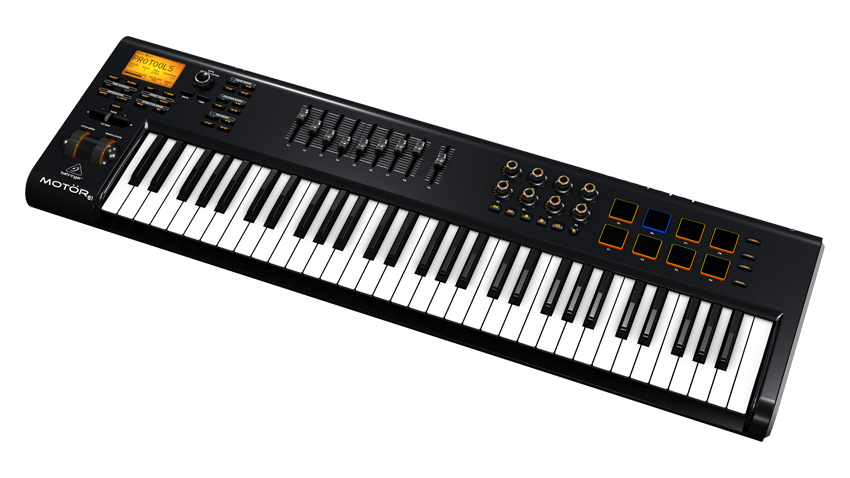
Behringer Motör 49/61
MIDI controller keyboards that feature faders, knobs, pads and buttons are nothing new, but MIDI controller keyboards with motorised faders are something of a rarity. As such, Behringer has something to shout about as it launches its Motör 61 and Motör 49 controllers, for motorised faders are a feature of both of them.
There are several other eye-catching specs, too. Both the 61- and 49-note models have an aftertouch-capable keyboard, the eight backlit drumpads are velocity- and pressure-sensitive, and the endless rotary encoders are surrounded by LED rings to provide visual feedback.
As far as setting up goes, there's support for the Mackie Control protocol, and presets for popular software applications are included, too.

I’m the Deputy Editor of MusicRadar, having worked on the site since its launch in 2007. I previously spent eight years working on our sister magazine, Computer Music. I’ve been playing the piano, gigging in bands and failing to finish tracks at home for more than 30 years, 24 of which I’ve also spent writing about music and the ever-changing technology used to make it.

